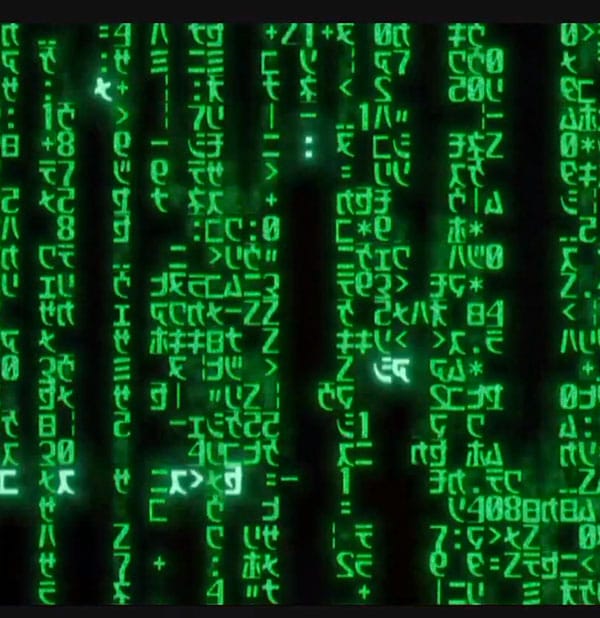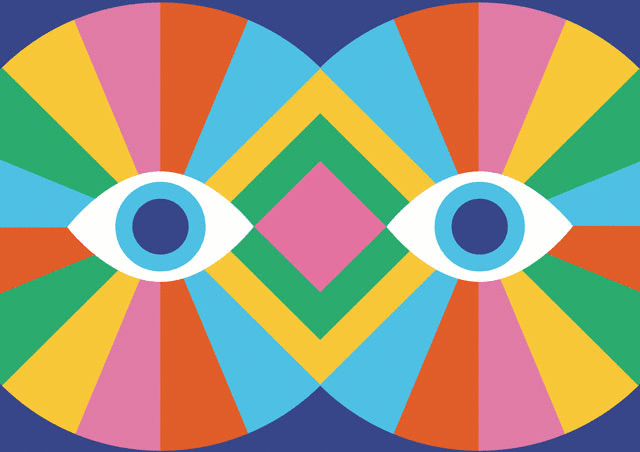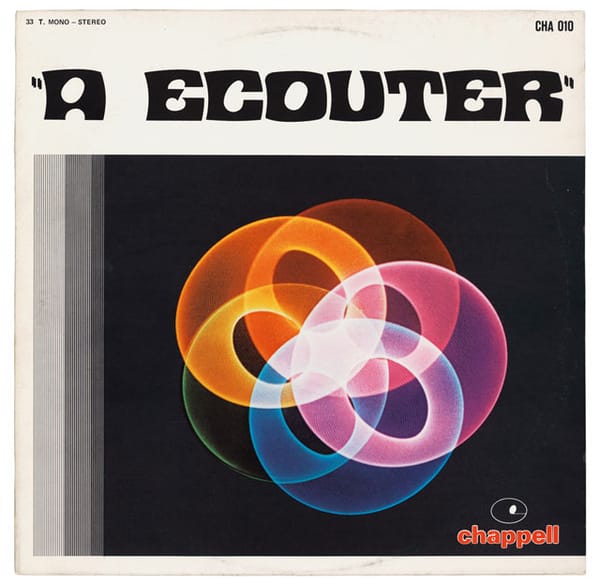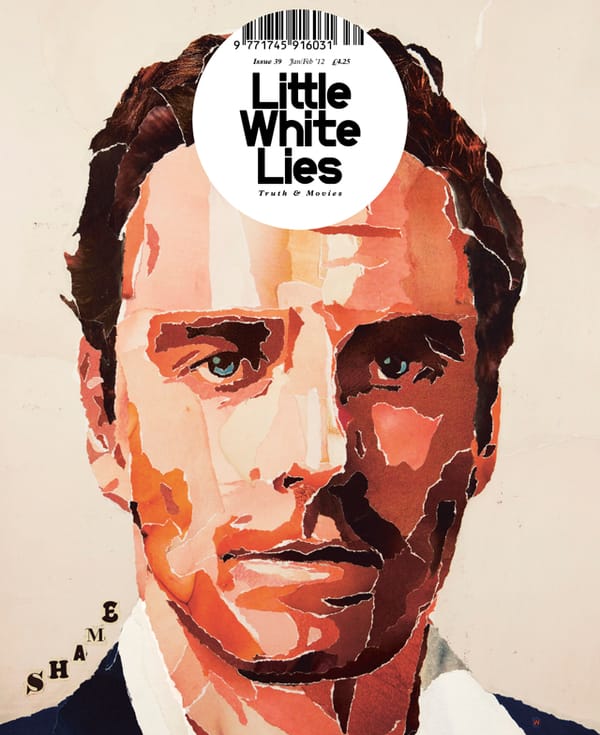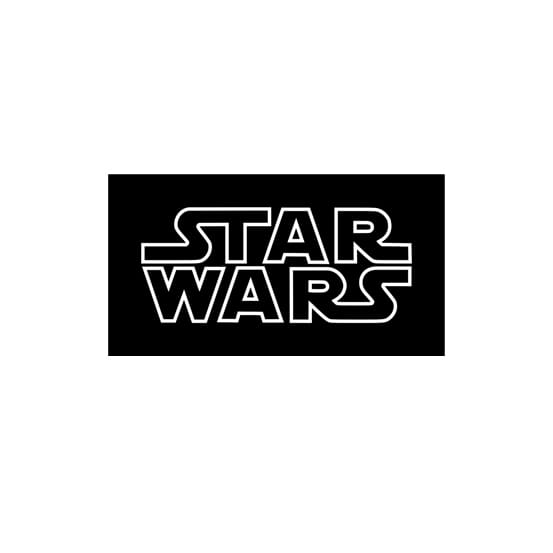Stepping behind the monitor, Yuri Pattinson of LuckyPDF looks at how computer code has been visualised in popular culture. The Matrix's signature Digital Rainmotif stands out as particularly significant to me — although not the first, it is certainly the most influential visual reference to raw computer code in popular culture. The design itself references early green screen CRT computer monitors displaying command line interfaces and is heavily indebted to motifs seen in the 1995 Japanese animated film Ghost in the Shell (a major influence on the film as a whole).
Digital Rain is seen throughout the film, depicting the fictional code that forms the artificially constructed world of The Matrix. The cascading symbols appear as both exciting and integral to everything in the film — perhaps a first for raw code (at least in a Hollywood production) and an important cultural signifier that code will soon rule everything we do. At the time, it successfully mined familiar and retro aesthetics to present something entirely new and forward-thinking at the close of the millennium. It sits in stark contrast to any previous representations of similar technology in film.
The concept is also an interesting depiction of the digital multitude, the ‘impossible many’ creating one vast networked whole with technology becoming enslaving rather than liberating. This is something perhaps touched on by earlier works of art, such as some of artist Thomas Bayrle's paper and later video works (perhaps the indirect influence of these can also be seen in Digital Rain), but it was the incredibly popular Matrix trilogy that brought these concepts firmly into popular culture. The motif became frequently referenced, copied and parodied in the decade after the first film, and beyond the obvious aesthetic influences, what Digital Rain symbolised has come to colour our wider perceptions and attitudes towards technology. Revisiting Digital Rain, streaming the film over the internet, has been particularly interesting post the NSA/PRISM leaks.
www.yuripattison.com
www.luckypdf.com
Origins
Ghost in the Shell was originally a manga series created by artist Masamune Shirow, first serialised in 1989. The story focuses on the exploits of a fictional Japanese counter-cyberterrorist group called Public Security Section 9. The concept has since been adapted into one TV and two theatrical anime movies, two anime TV series and several video games. The acclaimed 1995 animated movie shows a strong correlation with the Matrix, with some scenes effectively mirroring each other. The opening title sequence illustrates the evolution of the ‘digital rain’ concept from one production to the other.
Pattison
The artist Yuri Pattison was born in Ireland and lives in London. He graduated from Goldsmiths College in 2009, studying fine art. Pattison’s work often interrogates the digital, shading the boundaries between the physical and extra-physical spaces of new media. Pattison is also a constituent member of the LuckyPDF collective, which pursues a similar agenda to his own but with an emphasis on extroversion and digital extremes and in providing mechanisms to display other artists’ work.
April 1, 2014 2 minutes read
Digital Rain
Stepping behind the monitor, Yuri Pattinson of LuckyPDF looks at how computer code has been visualised in popular culture.
